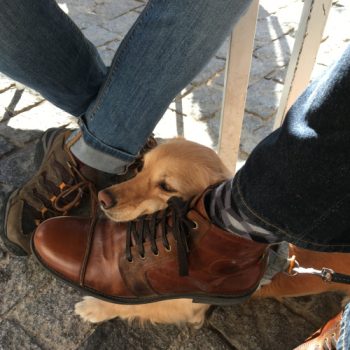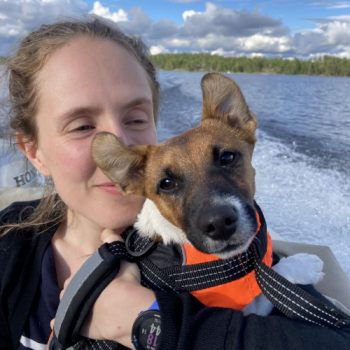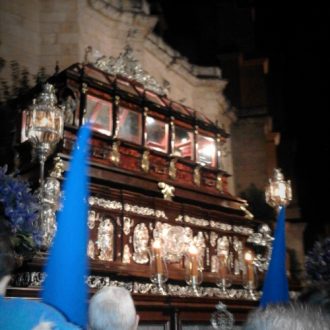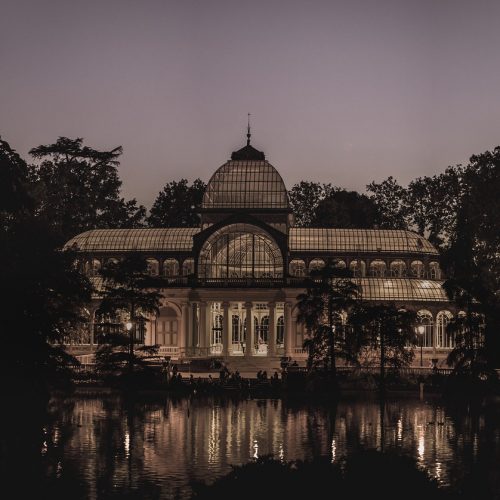
Televised New Year’s Eve Program in Spain
Today, we will be taking a break from our usual look at a specific destination and instead sharing with you a tradition characteristic of New Year’s Eve in Spain. As noted in our article about integrating the holiday season into your travel plans, it’s important to realize that nights like Christmas Eve and New Year’s Eve are incredibly important to Spaniards but perhaps in ways you might not imagine.
If you spend the holidays in Spain, you’ll find that most Spaniards will stay in and eat a home-cooked meal in the company of their family rather than go out on NYE and thus a major part of the celebration becomes the television program counting down to the new year.
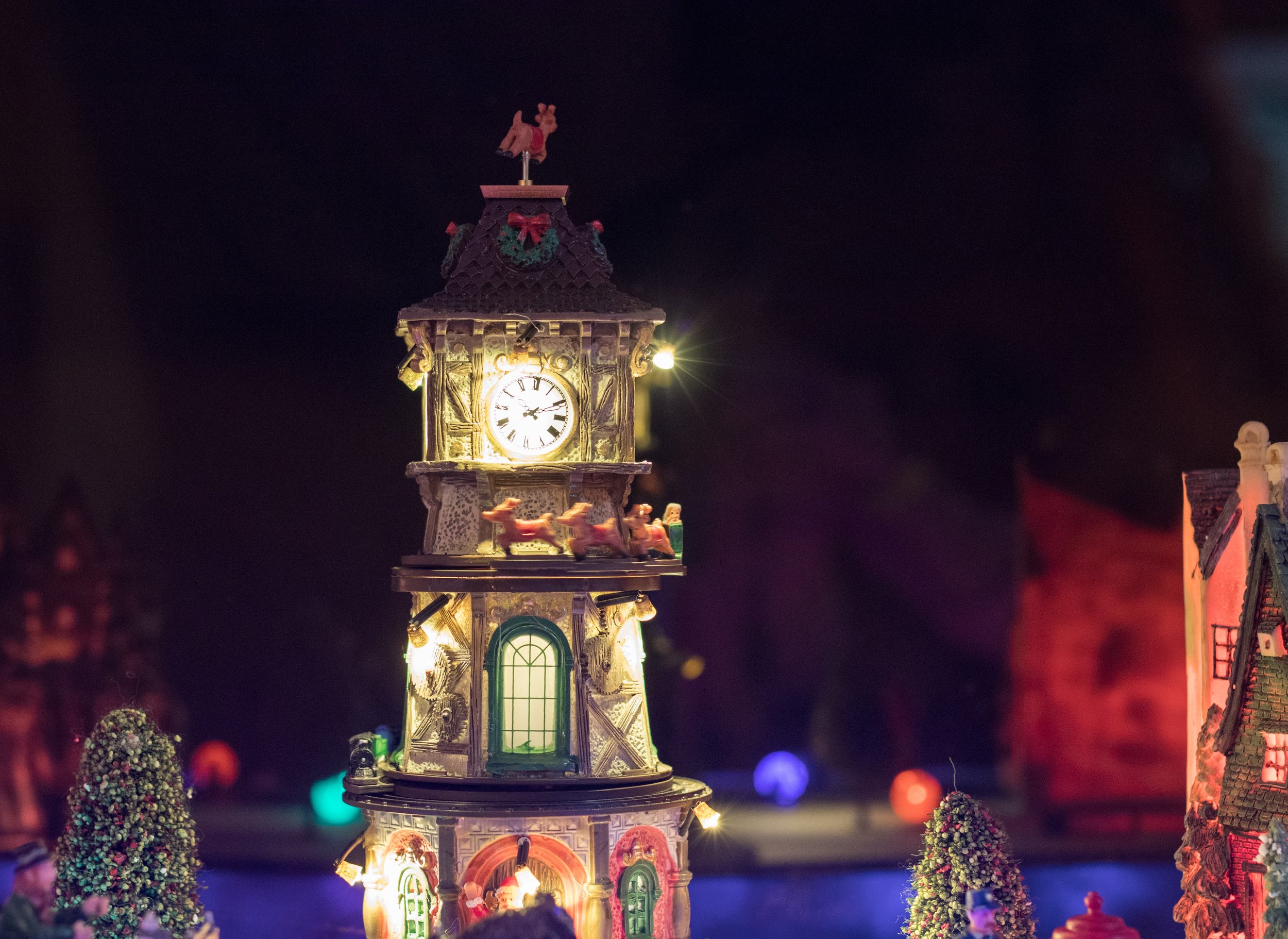 Las Campanadas de Nochevieja
Las Campanadas de Nochevieja
Las Campanadas (in English, the ‘bells’ or ‘chimes’) are the sound that you’ll hear as the clock strikes midnight and the new year is welcomed. However, the term ‘las campanadas’ is often used to refer to the countdown itself. This is the main attraction of each channel’s New Year’s Eve (aka Nochevieja) program and everything that proceeds it is essentially just a lead-in to provide as much entertainment as possible to keep viewer on their channel until the big midnight moment.
Twenty-eight seconds before midnight, there’s a large ball that will drop from the clock indicating that the countdown is on. Following this ball drop there will be four more double chimes denoting each quarter leading up to midnight. As the clock strikes twelve, viewers will hear the twelve chimes of the hour (each three seconds apart) and will carry out their tradition of eating twelve grapes to these bells for good luck (read more here).
A Little History
The tradition of transmitting the New Years countdown on a television program began in 1962 (before which time the campanadas were only transmitted via radio). Since the early years of this tradition, a time when there were only two Spanish television stations to broadcast it, the program has been filmed in the Puerta del Sol square in the country’s capital, Madrid.
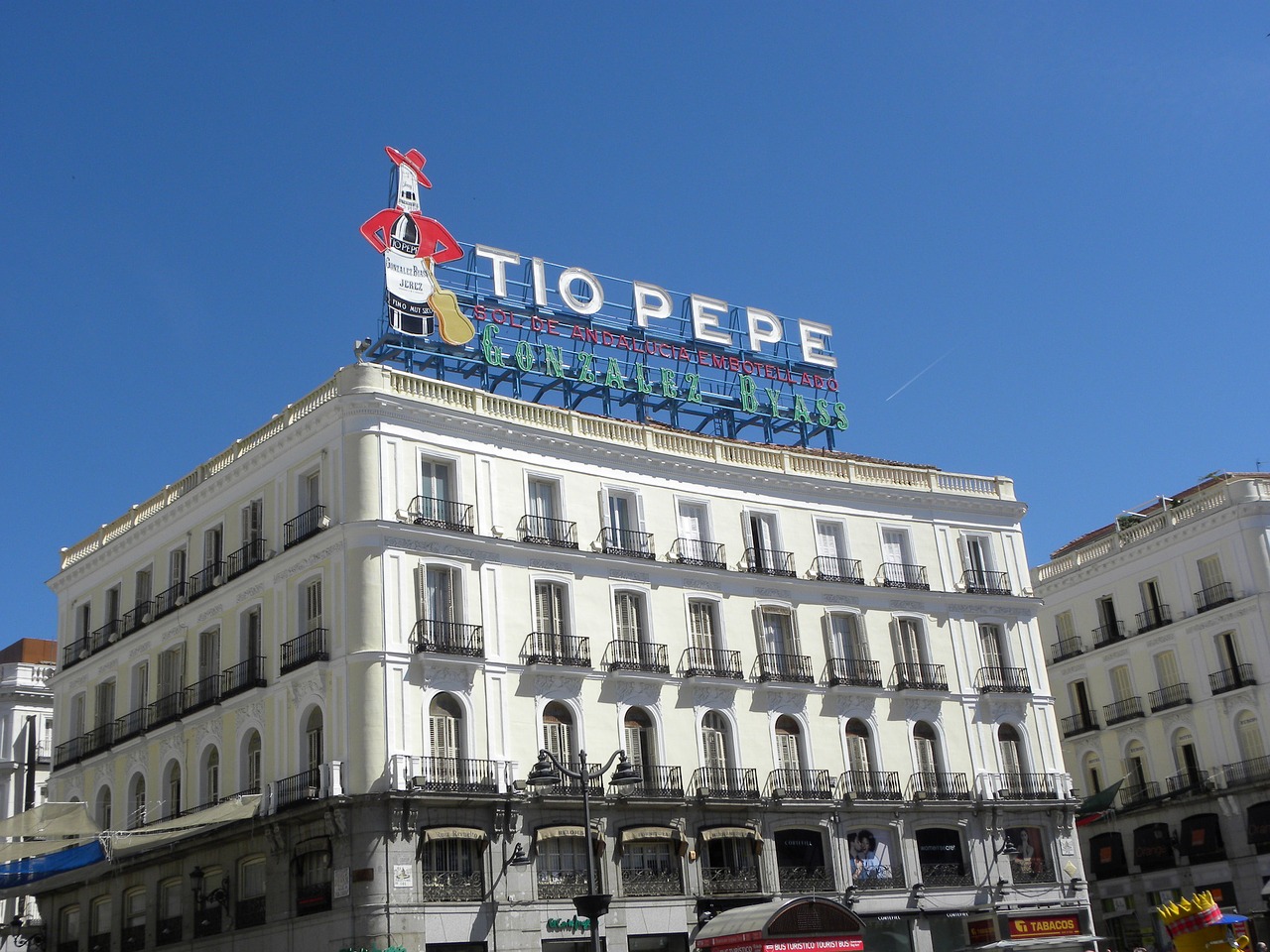 Nowadays, there are up to twelve national TV channels and up to fourteen regional TV channels with Nochevieja programs to choose from. Most of the national syndicates, including RTVE, RTVM, Mediaset España, and Atresmedia, maintain the tradition of filming from the Tío Pepe building that overlooks the Puerta del Sol plaza, with some notable changes such as that of Telecinco this year, which will be broadcast instead from Sant Llorenç in Mallorca—reportedly as a show of support, hope, and good wishes for the island that suffered fatal flooding back in October.
Nowadays, there are up to twelve national TV channels and up to fourteen regional TV channels with Nochevieja programs to choose from. Most of the national syndicates, including RTVE, RTVM, Mediaset España, and Atresmedia, maintain the tradition of filming from the Tío Pepe building that overlooks the Puerta del Sol plaza, with some notable changes such as that of Telecinco this year, which will be broadcast instead from Sant Llorenç in Mallorca—reportedly as a show of support, hope, and good wishes for the island that suffered fatal flooding back in October.
Since 2018, programs have reintroduced the idea of broadcasting a nation-wide second countdown for the Canary Islands (Spanish islands that fall in the GMT timezone and therefore celebrate New Years one hour later than mainland Spain).
Great Significance in Spain
New Year’s Eve programs are a hallmark of this holiday in many countries, but it seems to be especially important in Spain. My personal opinion is that in the US, for example, people are often out partying and catch a glimpse of the NYE program on a bar/restaurant’s TV from time-to-time but they are not paying much (and often not choosing themselves which channel to watch). However, in Spain where the norm is to stay in and be sitting around the dinner table till midnight, viewers are watching much more intently and making a calculated decision as to which channel they’ll tune into.
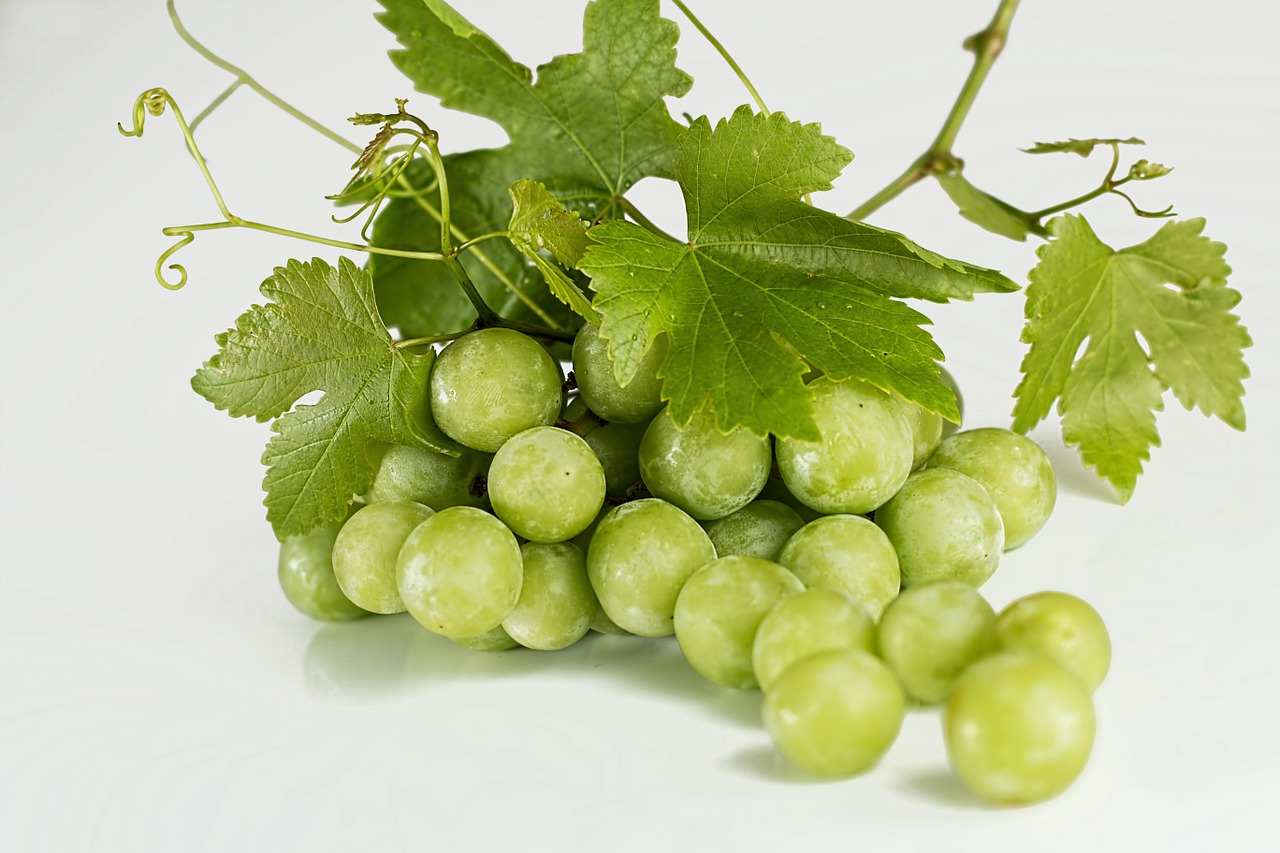 As one can imagine, preference towards one channel or another is often handed down from parents to children, with a majority of viewers still tuning into La 1 (Channel #1) or one of RTVE’s other channels. The particular presenters who are chosen for each program may play a big role in this decision as well. The most famous of presenters are asked to return year after year—the current record-holder being Xosé Ramón Gayoso, with a total of 31 programs (23 consecutive) presented for TVG (Galicia’s TV channel). Following him are other big names like Ramón García, Anne Igartiburu, Roberto Herrera and Eloísa González, each of whom have hosted 16 programs.
As one can imagine, preference towards one channel or another is often handed down from parents to children, with a majority of viewers still tuning into La 1 (Channel #1) or one of RTVE’s other channels. The particular presenters who are chosen for each program may play a big role in this decision as well. The most famous of presenters are asked to return year after year—the current record-holder being Xosé Ramón Gayoso, with a total of 31 programs (23 consecutive) presented for TVG (Galicia’s TV channel). Following him are other big names like Ramón García, Anne Igartiburu, Roberto Herrera and Eloísa González, each of whom have hosted 16 programs.
Will you be tuning into watch a New Year’s Eve program this year? If so, we hope this background information helps you understand this important aspect of Nochevieja in Spain a bit more. As always, we encourage you to share about your experience below!


